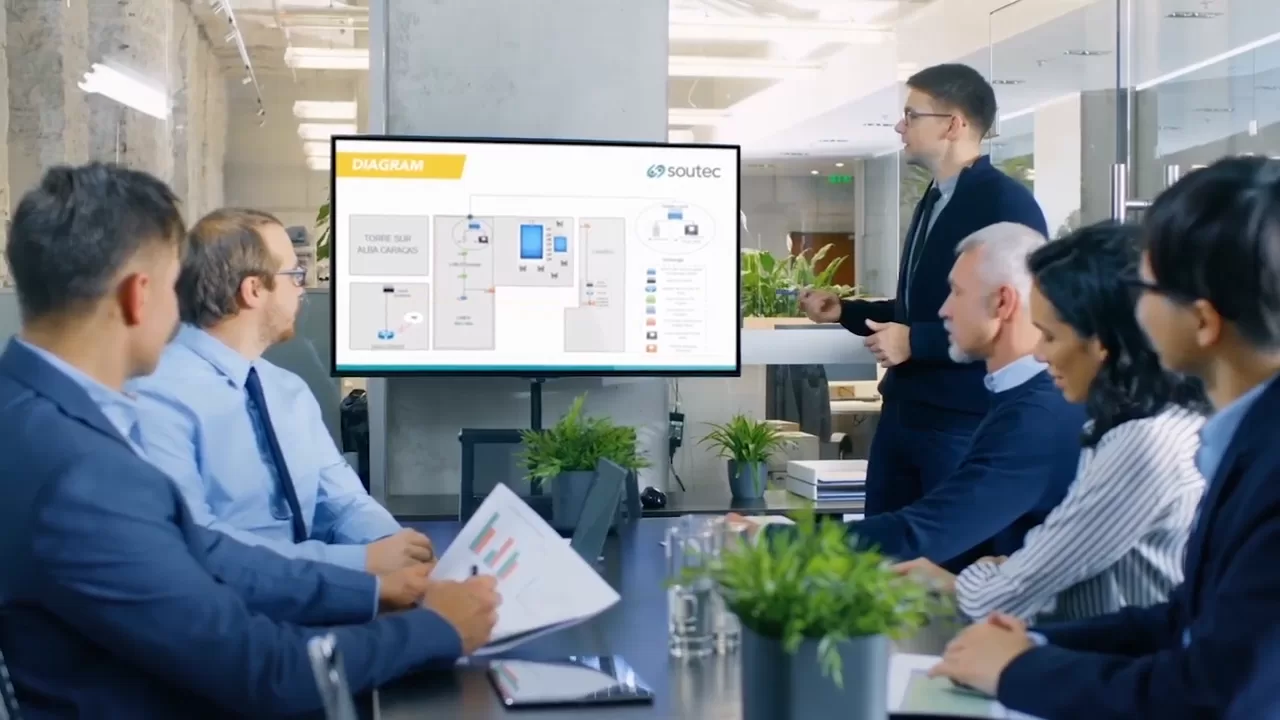The modern student has access to more knowledge than ever before. With the internet at their fingertips, learners no longer rely solely on textbooks or classroom lectures to understand complex topics. Instead, they’re turning to digital platforms that offer fast, clear, and reliable information in the form of summaries, notes, and structured content.
One of the most useful types of content in this educational revolution is the student learning material — academic resources designed to simplify study routines and make information easier to digest.
The Growing Role of Online Academic Platforms
As universities shift toward hybrid and remote learning models, the demand for high-quality academic content online is increasing. Students are looking for resources that:
- Help them catch up after missed lectures
- Clarify complex ideas in simple terms
- Provide summaries for exam prep
- Offer access to material 24/7, from any device
That’s where online platforms with curated lecture notes and topic explanations come into play.
For example, this student learning material delivers a well-structured overview of academic content — ideal for students seeking clarity and efficiency in their studies.
Why Students Prefer Digital Over Traditional
Printed textbooks and handwritten notes still have value, but they don’t offer the speed, convenience, or adaptability of online learning resources. Digital materials can be:
- Searched instantly for keywords and terms
- Copied and pasted into custom study guides
- Translated into other languages
- Integrated with apps, calendars, or flashcard systems
This level of flexibility makes them an essential tool for students balancing a full academic load with part-time jobs, internships, or personal commitments.
Self-Education and Accessibility
Beyond formal education, online learning platforms allow people of all ages to explore new subjects on their own terms. Whether you’re a high school student preparing for finals, a college undergraduate reviewing core theories, or a lifelong learner brushing up on science or history — digital learning content adapts to your goals.
And unlike expensive private tutoring or exclusive academic databases, most of these resources are available for free or at a very low cost.
Key Benefits of Structured Study Materials
Students who use well-organized study content gain several advantages:
- Time efficiency – Less reading, more understanding
- Improved retention – Highlighting only essential concepts
- Better exam prep – Fast revision guides at your fingertips
- Increased confidence – Knowing you have reliable resources
Rather than getting lost in thousands of pages, learners can now zoom in on what matters most.
Challenges and Solutions
While online resources are powerful, students should also develop information literacy. It’s important to:
- Evaluate the credibility of sources
- Compare materials from different platforms
- Use them as supplements — not replacements — for deep study
- Avoid relying too heavily on short summaries for complex subjects
Fortunately, many reputable academic platforms now offer well-curated, peer-reviewed content written or verified by educators.
Final Thoughts
In a world where information is overwhelming and time is limited, students need smart tools — not just more content. Reliable digital academic resources are helping learners stay on track, meet deadlines, and reduce stress during exams.
If you’re looking to study smarter, not harder, platforms that offer resources are a great place to start. They make learning faster, clearer, and more enjoyable — the way it should be.


